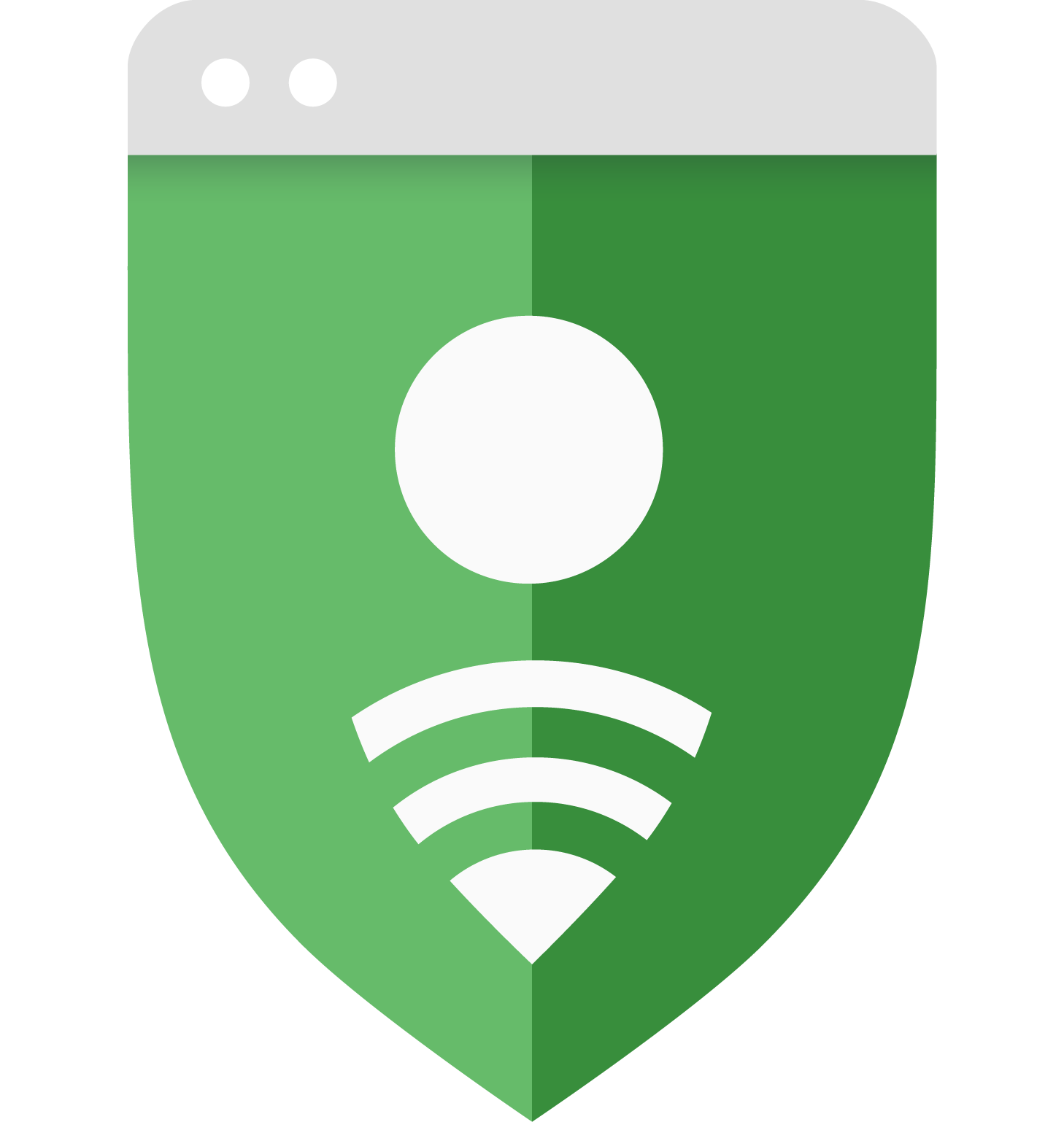چرا گوگل برای این صفحه مشاوره ارائه می دهد؟
ما میخواهیم کاربرانمان هنگام جستجوی وب احساس امنیت کنند و به طور مداوم برای شناسایی صفحات خطرناک و افزایش حفاظت از کاربرانمان تلاش میکنیم. گوگل از الگوریتم های خودکار و بازخورد کاربران برای جمع آوری لیستی از سایت هایی که ممکن است خطرناک باشند استفاده می کند. سه نوع اصلی از صفحات خطرناک در لیست ما عبارتند از مهندسی اجتماعی، نرم افزارهای مخرب و صفحات نرم افزاری ناخواسته. لیست صفحات بالقوه خطرناک از طریق سرویس مرور ایمن در دسترس توسعه دهندگان است. این لیست ها نمی توانند به طور کامل از کاربران در برابر هر سایت پرخطر در وب محافظت کنند، و همیشه این احتمال وجود دارد که یک سایت امن به اشتباه به عنوان خطرناک شناخته شود، اما ما لیست ها را به طور منظم به روز می کنیم تا آنها را تا حد امکان به روز نگه داریم.
مهندسی اجتماعی (سایت های فیشینگ و فریبنده)
یک حمله مهندسی اجتماعی زمانی اتفاق میافتد که کاربر وب فریب خورده تا کاری خطرناک آنلاین انجام دهد. محتوای مهندسی اجتماعی می تواند در یک وب سایت باشد یا از طریق منابع جاسازی شده یک سایت، مانند تصاویر، تبلیغات، یا سایر اجزای شخص ثالث گنجانده شود.
فیشینگ، نوعی از مهندسی اجتماعی، حمله ای است که در آن صفحه ای به بهانه های نادرست از شما اطلاعات شخصی یا مالی شما را می خواهد. برای کسب اطلاعات بیشتر در مورد فیشینگ، به Antiphishing.org مراجعه کنید.
انواع دیگری از محتوای فریبنده، مانند تبلیغی که به دروغ ادعا می کند نرم افزار دستگاه قدیمی است، ممکن است کاربران را فریب دهد تا نرم افزارهای ناخواسته را نصب کنند.
اگر فکر میکنید صفحه مهندسی اجتماعی را از دست دادهایم، میتوانید با استفاده از گزارش صفحه فیشینگ گزارش دهید. اگر فکر میکنید صفحهای را به اشتباه در فهرست فیشینگ خود قرار دادهایم، میتوانید با استفاده از گزارش هشدار فیشینگ نادرست، آن را گزارش کنید.
بد افزار
بدافزار نوعی نرمافزار است که سعی میکند اطلاعات شخصی شما را بدزدد یا از رایانه شما برای انجام کارهایی استفاده کند که شما قصد ندارید. صفحات بدافزار صفحات وب حاوی کدهای مخربی هستند که می توانند بدون رضایت شما دانلود و بر روی رایانه شما نصب شوند. میتوانید در مورد محتوای مضر وب از جمله ویروسها و سایر نرمافزارهای مخرب و نحوه محافظت از رایانه خود در مرکز جستجوی Google اطلاعات بیشتری کسب کنید.
- اگر فکر میکنید صفحه بدافزاری را از دست دادهایم، میتوانید با استفاده از گزارش نرمافزار مخرب گزارش دهید.
نرم افزارهای ناخواسته
در گوگل، ما معتقدیم که اگر روی کاربر تمرکز کنیم، همه چیز به دنبال خواهد داشت. در اصول نرمافزار خود، توصیههای کلی برای نرمافزاری ارائه میدهیم که تجربه کاربری عالی را ارائه میدهد. خطمشی نرمافزار ناخواسته ما با ارائه فهرستی از معیارهای اساسی برای نرمافزار کاربرپسند در وب، این توصیههای کلی را گسترش میدهد. نرم افزاری که این اصول را نقض می کند، به طور بالقوه برای تجربه کاربر مضر است و ما اقداماتی را برای محافظت از کاربران در برابر آن انجام خواهیم داد.

